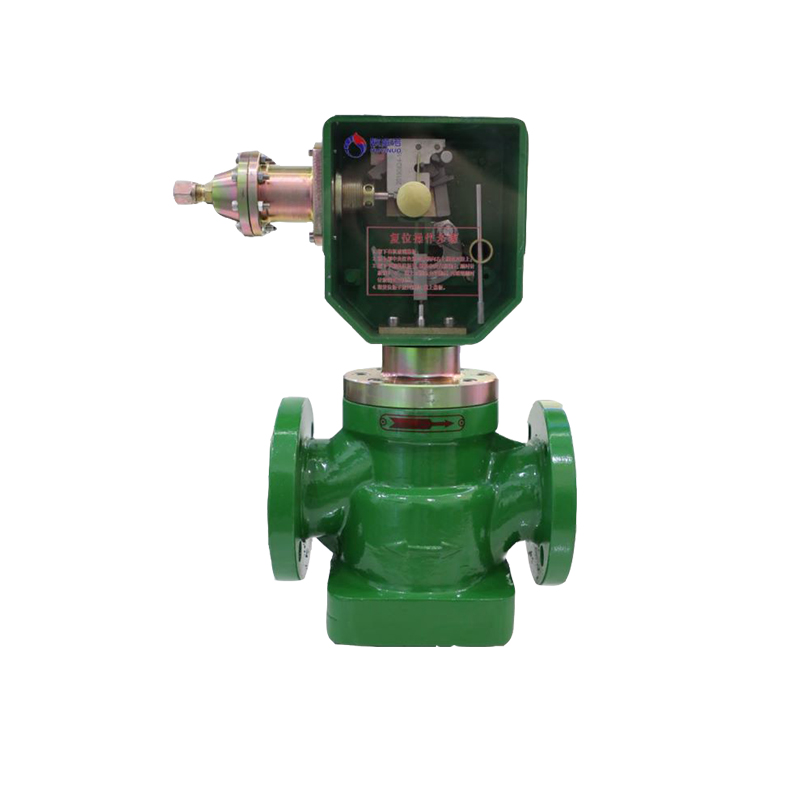
Aug . 13, 2024 09:26
Back to list
Understanding the Importance and Functionality of Relief Valves in Fluid Pressure Systems
Understanding Relief Valves Essential Safety Devices in Various Industries
Relief valves play a crucial role in maintaining safety and efficiency in various industrial applications. These devices are designed to prevent pressure build-up by automatically releasing excess pressure from systems, thereby avoiding catastrophic failures. Whether in oil and gas, chemical processing, or even residential heating systems, relief valves are indispensable components that ensure operational integrity and safety.
What Are Relief Valves?
Relief valves are pressure relief devices that function by opening at predetermined pressure levels to allow fluids or gases to escape. They come in various designs, including spring-loaded relief valves, pilot-operated relief valves, and several others tailored for specific applications. Each type of valve has distinct mechanisms, but the core function remains the same to protect systems from excessive pressure that could otherwise lead to leaks, ruptures, or explosions.
Importance of Relief Valves
The importance of relief valves cannot be overstated. In industries like oil and gas, where high-pressure systems are commonplace, relief valves serve as a line of defense against hazardous situations. High pressure can result from equipment failure, operational error, or external factors such as temperature changes. By allowing for safe and controlled release of pressure, relief valves help prevent damages to equipment and protect the safety of personnel and the environment.
Moreover, maintaining regulatory compliance is another critical reason for the implementation of relief valves. Regulatory bodies establish stringent guidelines and standards to ensure industrial safety. Non-compliance can lead to severe penalties, legal repercussions, and accidents. Properly installed and maintained relief valves are essential for meeting these standards.
Types of Relief Valves
Several types of relief valves cater to different needs, each with unique characteristics
relief valves

1. Spring-Loaded Relief Valves This is the most common type, where a spring holds a disk against a seat. When the pressure exceeds a certain level, the spring compresses, allowing the disk to lift and release fluid or gas.
2. Pilot-Operated Relief Valves These valves utilize system pressure to control their operation. A smaller pilot valve responds to system pressure and directs flow to open or close the main valve. This design provides greater flow capacity and more precise pressure control.
3. Safety Valves Often used in steam and pressure vessels, these valves provide rapid relief of pressure in emergency situations. They are designed to open quickly in the event of an overpressure scenario.
4. Vacuum Relief Valves These valves are used in applications where a vacuum condition may occur, preventing collapse of storage tanks or vessels by allowing air to enter when the pressure drops too low.
Maintenance and Inspection
Regular maintenance and inspection of relief valves are critical to ensure their reliability and functionality. This includes checking for leaks, ensuring the valve opens at the correct pressure, and verifying that the discharge outlet is clear. Additionally, organizations often conduct routine testing to assess valve performance under actual operating conditions.
Conclusion
In a world where safety cannot be compromised, relief valves stand out as vital components across various industries. They not only safeguard costly equipment from pressure fluctuations but also protect lives and the environment. Understanding their function, types, and maintenance requirements is essential for anyone involved in industrial operations. As technology progresses and industries expand, the role of relief valves will only become more critical in ensuring safe and efficient processing in complex systems.
Latest news
-
Safety Valve Spring-Loaded Design Overpressure ProtectionNewsJul.25,2025
-
Precision Voltage Regulator AC5 Accuracy Grade PerformanceNewsJul.25,2025
-
Natural Gas Pressure Regulating Skid Industrial Pipeline ApplicationsNewsJul.25,2025
-
Natural Gas Filter Stainless Steel Mesh Element DesignNewsJul.25,2025
-
Gas Pressure Regulator Valve Direct-Acting Spring-Loaded DesignNewsJul.25,2025
-
Decompression Equipment Multi-Stage Heat Exchange System DesignNewsJul.25,2025

